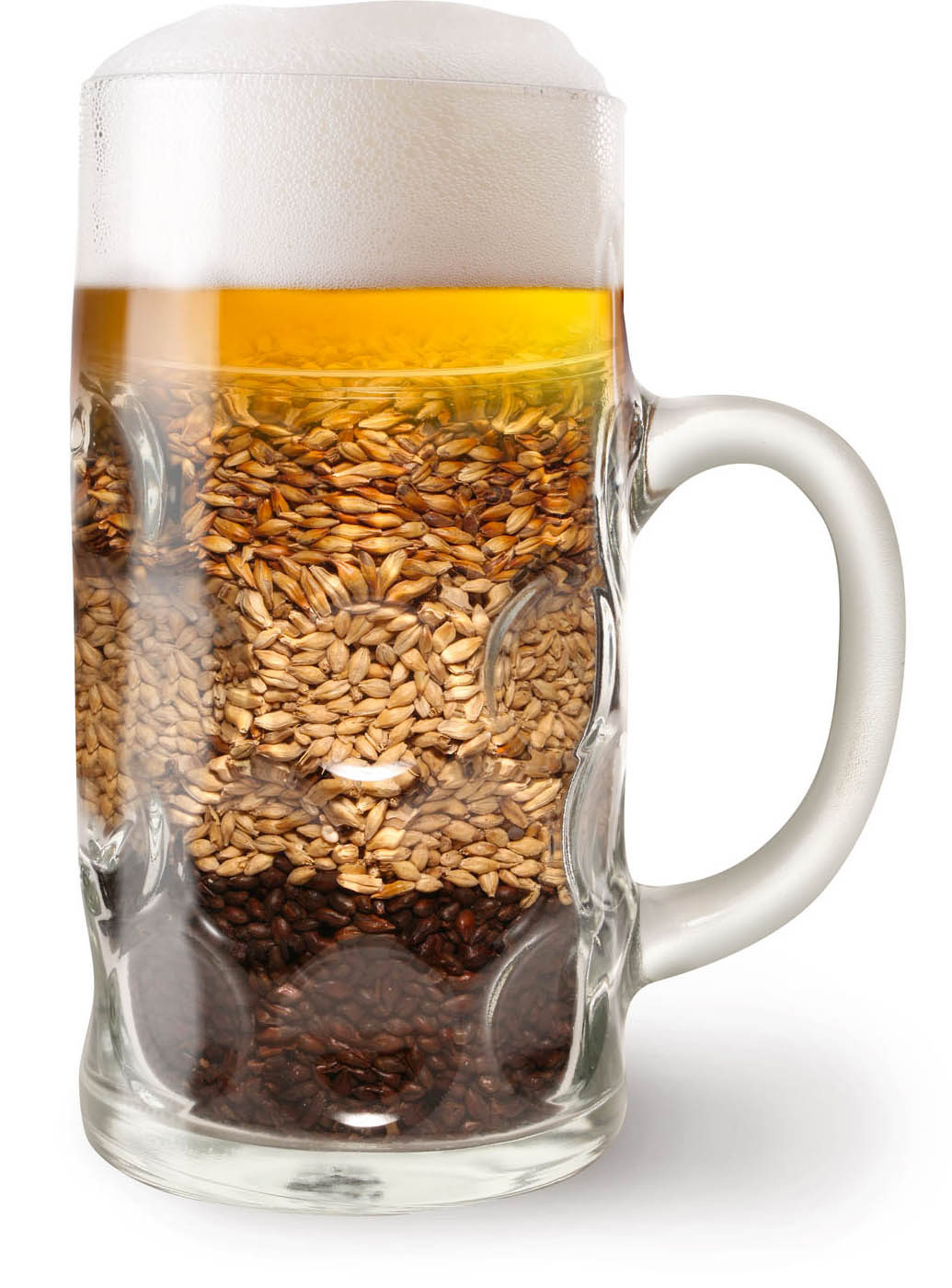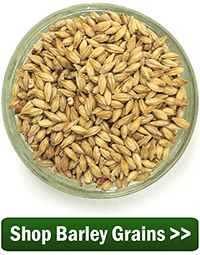 If you’ve been brewing for a while, you’ve probably come across the term “diastatic power” when exploring different malts and learning how to mash. What is diastatic power? What’s the big deal?
If you’ve been brewing for a while, you’ve probably come across the term “diastatic power” when exploring different malts and learning how to mash. What is diastatic power? What’s the big deal?
A good “diastatic power” (DP) definition would be that it is a measurement of a malted grain’s enzymatic content. When grain is malted, enzymes are produced during germination. These enzymes are responsible for converting the grain’s starches into sugar during mashing. Diastatic power is an indicator of the amount of enzymes available to convert those starches into sugar.
In the US, diastatic power is generally measured in degrees Lintner. Malts with enough DP to convert themselves are at least 30 degrees Lintner; base malts can reach as high as 180 or more. That covers the question as to “what is diastatic power“. Now here’s some actual numbers to take a look at.
Here is a diastatic power chart for some of the more common malted grains:
Malt Degrees Lintner
Briess Red Wheat Malt 180
Briess White Wheat Malt 160
Briess Two-Row Malt 140
Briess Pilsen Malt 140
Briess Vienna Malt 130
Briess Rye Malt 105
Briess Munich Malt 10L 40
Briess Caramel 20-120 0
Briess Chocolate Malt 0
Briess Black Malt 0
For most all-grain beer recipes with a substantial amount of base malt, diastatic power isn’t going to be a major issue. DP comes in to play when brewing with a high proportion of specialty malts or unmalted adjuncts. There needs to be enough DP to not only convert the starches in the base grains, but in the specialty malts as well. One of the reasons American adjunct lagers are so high in two-row malt is that the extra DP is needed to convert the adjunct starches into sugar.
Diastatic power is also important when brewing partial mash. Take for example the grain bill for a partial mash recipe such as this one:
6.6 lbs. Light LME
1.5 lb. Caramel 40L
1 lb. Munich Malt (10L)
We know that the Caramel 40L contributes no diastatic power and the Munich only 40 degrees Lintner. The DP available to convert this mini-mash (simply the average by weight of the grains) is only about 16. This is far below the minimum recommended value of 30. Some recommend aiming for 70. In short, the higher the average DP, the more likely your chances are of a successful starch conversion.
There are several possible solutions for the example above:
- We could replace the Munich with Vienna malt without a huge impact on flavor and bring up the average diastatic power to 52.
- Alternatively, we could add 1 lb. of two-row barley malt to the mini-mash, bringing the average diastatic power to 52, as well.
- We could also “cheat” by adding a small amount of diatase enzyme.

The point is, all it takes is a little tweaking to help make sure the mash has enough DP to convert. The good news is that with a partial mash recipe, the mash represents such a small proportion of the overall gravity that it won’t make a huge difference if it doesn’t. Most of the gravity points will come from the LME.
The next time you brew, calculate your diastatic power and record your brewhouse efficiency. Did you have enough DP for a successful conversion? These are all advantages to know the answer to the question, what is diastatic power.
—–
David Ackley is a beer writer, brewer, and self-described “craft beer crusader.” He holds a General Certificate in Brewing from the Institute of Brewing and Distilling and is founder and editor of the Local Beer Blog.

Thanks a lot for this explanation
Good method to explain dp value
Dear Sir,
Could you please assist with me!
Suppose i made a mass bill of 100 KG( 50 kg 2 Row Barley Malt having 30-40 DP ; 25 kg rice Grist; 25 kG Unmalted Barley).
Please suggest what should be appropriate Diastatic Power(DP) for efficient conversion of starch in to Sugar of 100 KG above mentioned mash bill?
Rajeev, it is highly unlikely that the DP of the 2 Row Barley Malt is 30-40 DP. It typically averages around 100 DP. If we figure that it is actually 110 DP, you would need 5 ounces of diatase enzyme to convert. If the 2 Row is actually 30-40 DP, you would need 3 times the amount of diatase enzyme to convert.
I see so many articles about calculating Diastatic power and degrees Lintner however I still struggle to find a dictionary of Grains and their DP or degrees lintner.
Does anyone know of some web links to charts or lists of the grain types PPG and DP etc?
I found one so far but it doesnt seem correct because most of the items say 0
this is the one i found http://www.brewunited.com/grain_database.php
Does anyone know of anything better?
Thanks for this thorough explanation. Now I know what to look out for 👍